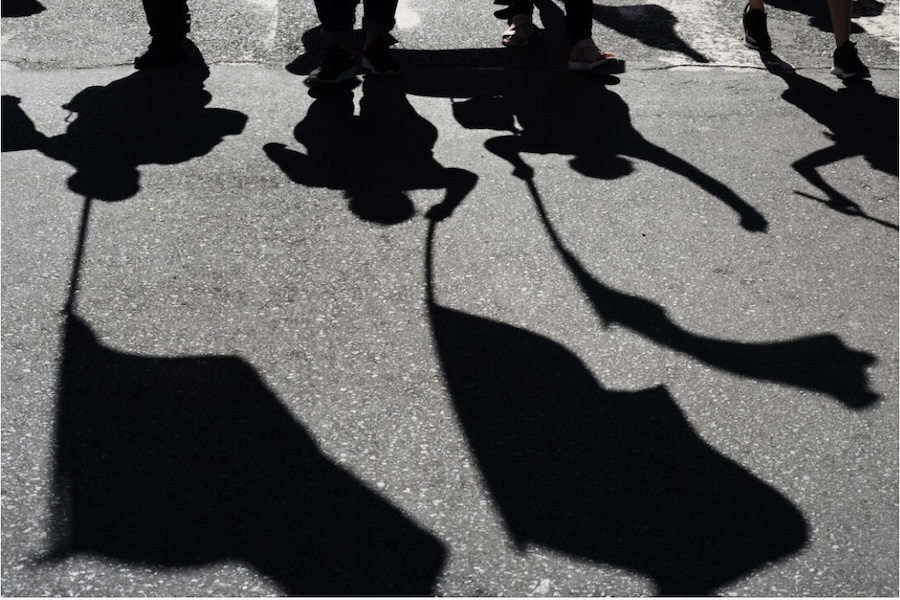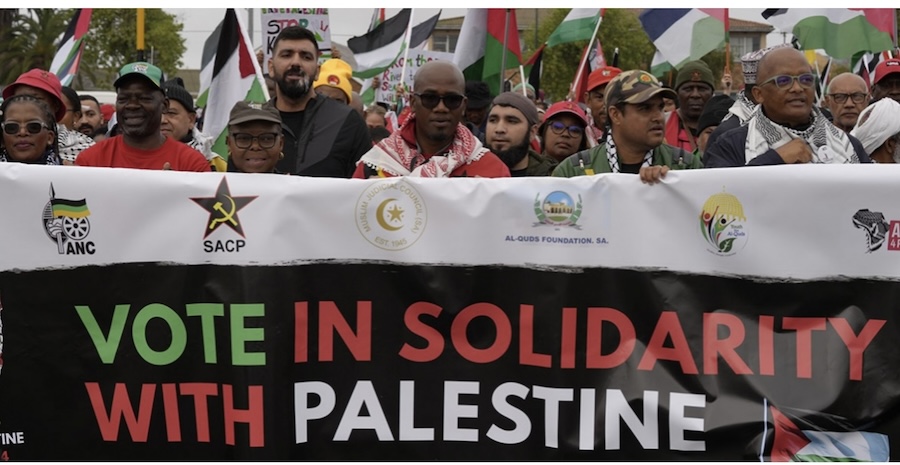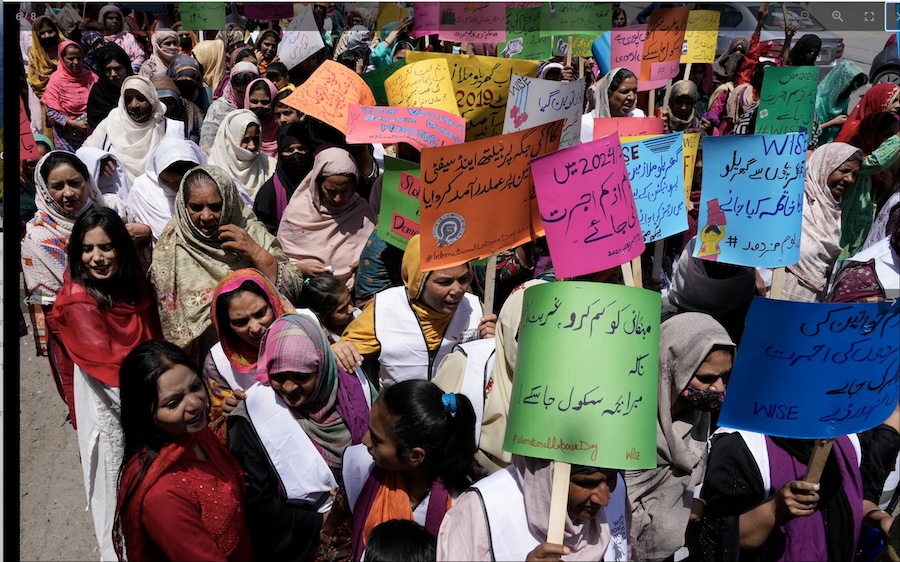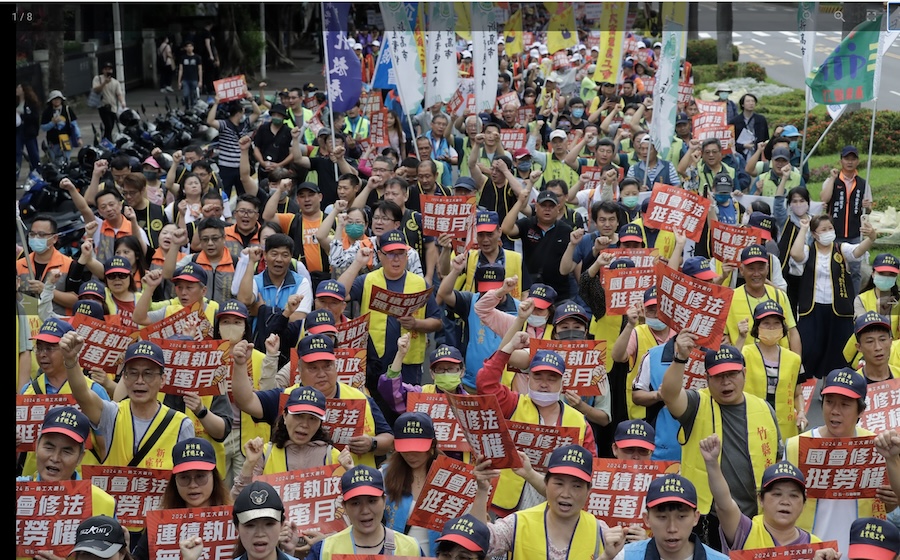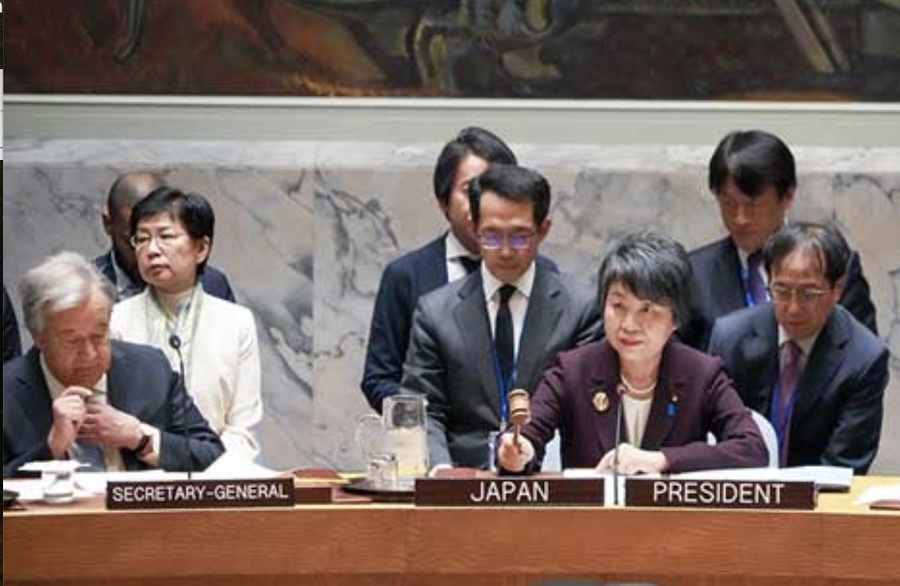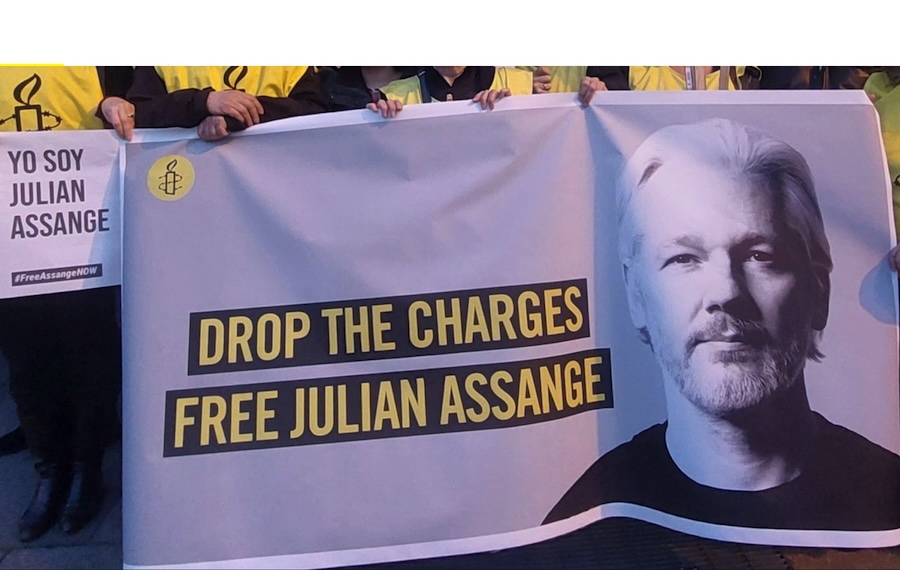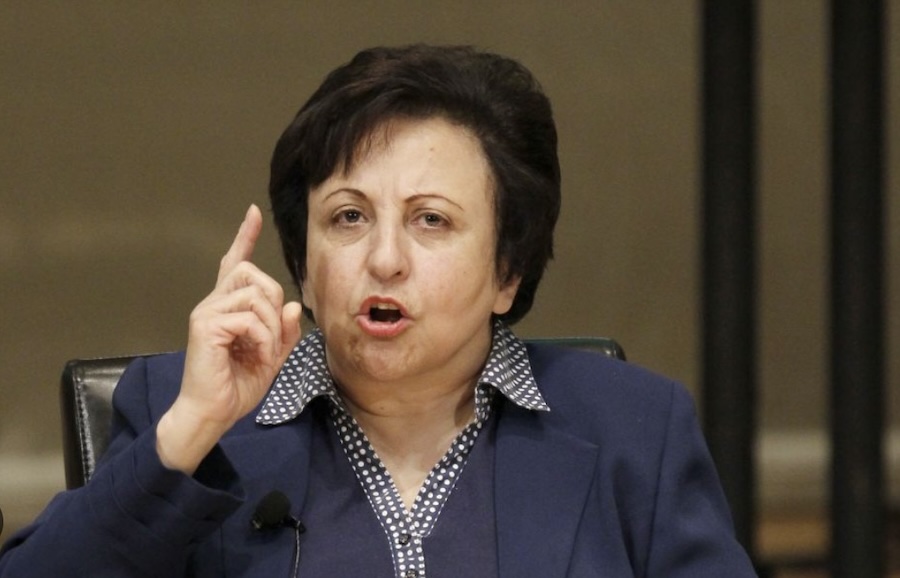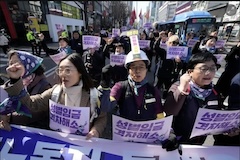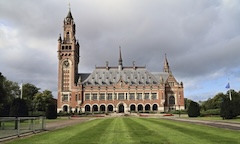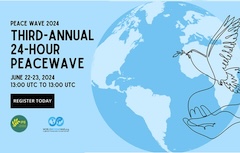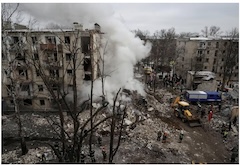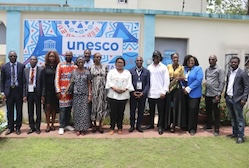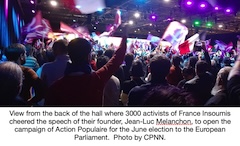. . DEMOCRATIC PARTICIPATION . .
An news flash from Mayors for Peace
Mayors for Peace outlines three objectives in the Vision for Peaceful Transformation to a Sustainable World (PX Vision): Peacebuilding by Cities for Disarmament and Common Security. One of them is to promote the culture of peace, which the PX Vision explains as follows:
[W]e will cultivate peace consciousness and cause the culture of peace—the culture in which the everyday actions of each member of the public are grounded in thinking about peace—to take root in civil society as the foundation of lasting world peace.
This April Issue of the Mayors for Peace News Flash features some of Mayors for Peace initiatives promoting the culture of peace. We hope these examples will inspire your city to implement initiatives.

Celebrate the month for the culture of peace
We encourage your cities to celebrate one particular month of the year as the “Month for the Culture of Peace”, holding a variety of cultural events to raise peace awareness among citizens. The aim is to have them think about the importance of peace through music, fine art, and other forms of art expressing desire for peace, as well as through sports and other activities that emotionally connect people across language barriers.
The City of Hiroshima, since 2021, has designated November as the “Month for the Culture of Peace.” This Month sees a variety of events under the theme of the culture of peace held intensively in cooperation with private sector companies and groups of citizens. These events include, for example, lectures on the culture of peace and stage performances and art exhibitions by youths. To raise the public awareness of This Month, we also put banners and run digital signage in some gathering sites and streets of city center.
“Month for the Culture of Peace 2023” by the City of Hiroshima (in Japanese): https://heiwabunka.info/
Organize Events to Commemorate the International Day of Peace
We recommend your cities organize outreach activities and commemorative events on the UN’s International Day of Peace, which is observed on September 21st every year, to have as many citizens as possible share in the wish for the abolition of nuclear weapons.
Pass down Atomic Bomb Experiences through Testimonies
We encourage member cities to provide their citizens with opportunities to hear hibakusha’s testimony while using online video conference platforms or on video to have as many people as possible share in the hibakusha’s sincere desire for the abolition of nuclear weapons and to encourage them to take action for peace.
If your city wishes to set up an opportunity to hear a testimony online, please contact the Secretariat.
Providing opportunities to hear hibakusha’s testimony (Mayors for Peace
website): https://www.mayorsforpeace.org/en/visions/initiatives/testimonies/
(article continued in right column)
How can culture of peace be developed at the municipal level?
(article continued from left column)
Hold Mayors for Peace Atomic Bomb Poster Exhibitions
Mayors for Peace provides member cities with “Mayors for Peace Atomic Bomb Posters,” which visually present the realities of the atomic bombings of Hiroshima and Nagasaki, consequences of nuclear weapons use, and Mayors for Peace initiatives, featuring photos, drawings created by hibakusha, and other images. Posters are available in the following nine languages: English, German, French, Russian, Dutch, Spanish, Catalan, Portuguese, and Japanese. To have more citizens deepen their understanding of the realities of the atomic bombings and share in the wish for the abolition of nuclear weapons, we encourage member cities to organize poster exhibitions at facilities to which many residents have access, such as city halls, community centers, and public libraries.
Mayors for Peace Atomic Bomb Poster Exhibition (Mayors for Peace website):
https://www.mayorsforpeace.org/en/visions/initiatives/posters/
To download the posters from the above webpage, please contact the Mayors for Peace Secretariat to obtain a user ID and a password.
Exhibition organizers are encouraged to set up a petition booth at the venue for visitors to sign the petition calling for all states to join the Treaty on the Prohibition of Nuclear Weapons (TPNW) at the earliest day. The petition form and the poster encouraging people to join the petition are available on the Mayors for Peace webpage below.
Petition drives calling for all states to join the TPNW at the earliest date (Mayors for Peace website): https://www.mayorsforpeace.org/en/visions/initiatives/petitions/
Nurture seeds and seedlings from atomic bomb survivor trees
We distribute to member cities seeds from hibaku trees—atomic bomb
survivor trees which have survived the atomic bombings of Hiroshima
and Nagasaki. We encourage you to raise second-generation hibaku
trees, which serve as symbols of peace, to help raise citizens’ peace
consciousness.
Should you wish to receive seeds from hibaku trees, please contact the
Secretariat.
Distribute and nurture seeds from atomic bomb survivor trees
(hibaku trees) (Mayors for Peace website): https://www.mayorsforpeace.org/en/visions/initiatives/trees/
Participate in the Children’s Art Competition “Peaceful Towns”
Mayors for Peace organizes the annual Children’s Art Competition “Peaceful Towns” for children in all the member cities to further promote peace education in the member cities.
We organize the competition this year, too. Click here for details.
– – – – – –
If you wish to make a comment on this article, you may write to coordinator@cpnn-world.org with the title “Comment on (name of article)” and we will put your comment on line. Because of the flood of spam, we have discontinued the direct application of comments.

